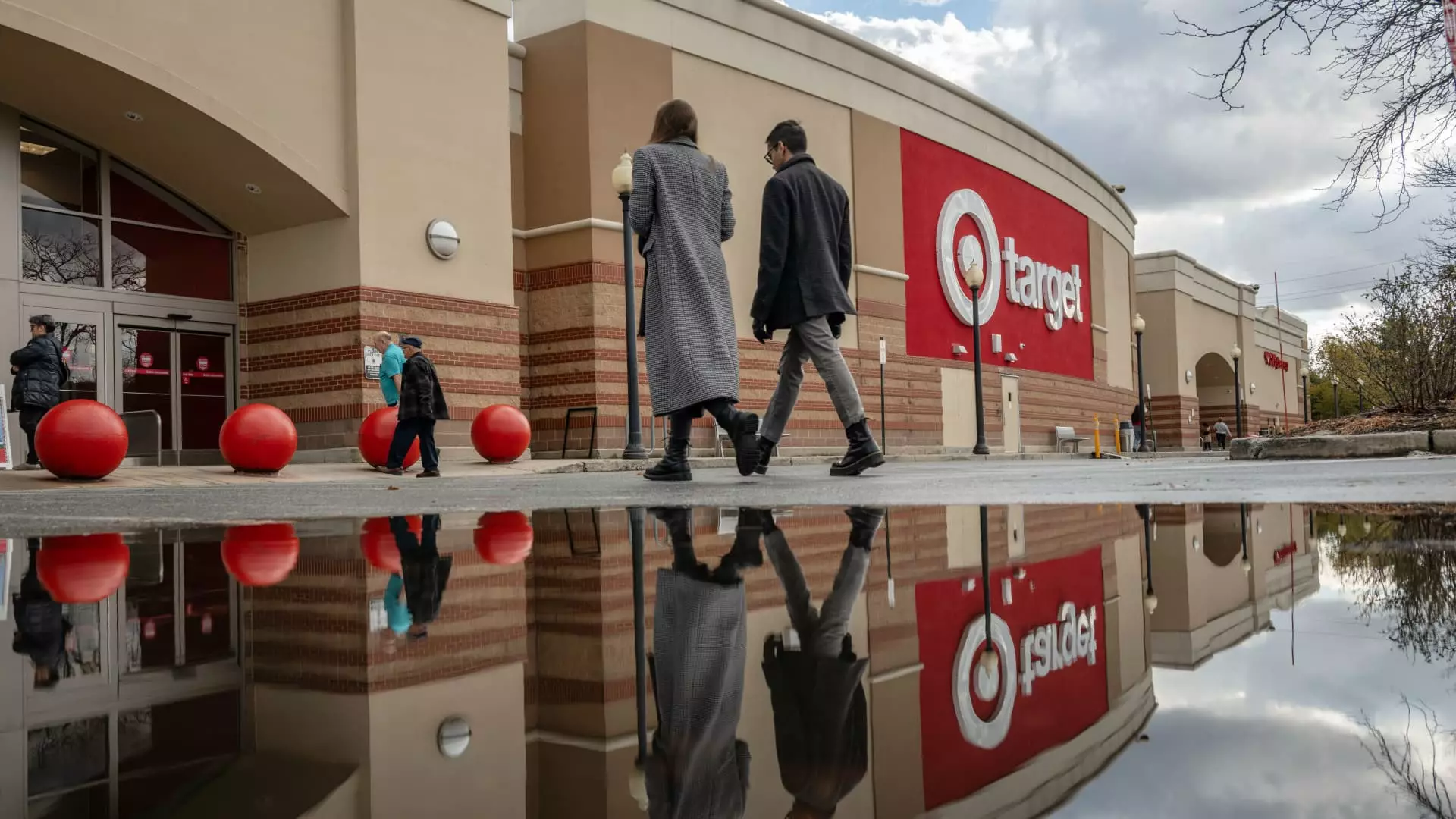As the festive season approaches, the retail landscape presents a stark contrast of fortunes among companies vying for consumer wallets. While some brands are experiencing windfalls as shoppers prepare for holiday celebrations, others are grappling with disappointing earnings. This article dissects the current state of holiday retailing as outlined in numerous recent reports and examines the factors contributing to this polarized environment.
Recent retail earnings reports highlight a troubling yet intriguing divide. Retail giants like Target, Kohl’s, and Best Buy have unveiled disappointing third-quarter results, leading to concerns about their ability to attract consumers during the bustling holiday season. This appears to contradict the experiences of other brands, such as Walmart and Dick’s Sporting Goods, which have reported robust sales growth. Analysts attribute this phenomenon to shifting consumer behavior influenced by economic pressures that began two years ago.
The omnipresent inflation has reshaped spending habits, prompting consumers to become more discerning about where they allocate their dollars. Neil Saunders, managing director of GlobalData Retail, emphasizes this emerging trend: “Shoppers are still spending, but often they are doing so with more caution.” Rather than indulging in multiple purchases, consumers are more likely to prioritize quality and necessity in their shopping choices, leading to a fierce competition among retailers for a share of the spending pie.
Despite the overall tempered spending outlook, the National Retail Federation anticipates a holiday spending increase of 2.5% to 3.5% in November and December, compared to the previous year. This projection, however, conveys a softer growth trajectory than the previous year’s 3.9% increase, signaling a market where shoppers remain thrifty and selective.
While some retailers, such as Dick’s and Abercrombie & Fitch, express optimism by raising their full-year forecasts, others sound a note of caution. Nordstrom’s leadership has expressed concerns regarding a potential slowdown in shopping trends, prompting a tweaked forecast that reflects prudence rather than buoyancy. Even Walmart, which reported better-than-expected sales, acknowledged the continued cautiousness among consumers who are still on the lookout for bargains.
In light of the economic pressures that have lingered in consumer minds, shoppers are pivoting toward products that offer tangible value. Saunders notes that consumers are increasingly prioritizing “experiences over ornamental purchases.” As a result, retailers offering practical gifts may fare better than those relying on novelty items or trivial gifts. The traditional gift items, like quirky games or whimsical socks, are seeing decreased interest as consumers grow wary of expenditures that may not be perceived as valuable.
Companies like Target and Kohl’s appear to grapple with this sentiment, finding it imperative to innovate in their holiday offerings. Target, for example, plans to focus on high-demand, themed products tied to popular culture, such as items associated with Universal’s “Wicked” and exclusive merchandise for Taylor Swift fans. These efforts illustrate a strategic pivot towards capturing buyers looking for unique value propositions.
A critical complicating factor for many retailers is inventory management. Some companies may have overestimated consumer demand or stocked the wrong categories altogether, leading to excess inventory on their shelves. This miscalculation could have serious implications if consumers do not flock to stores as anticipated during Black Friday and beyond.
Marshal Cohen from Circana points out that successful brands will be those that can clearly demonstrate value through both pricing and product quality this season. It’s a delicate balance that hinges not only on promotions but also on clear communication that reassures consumers they are making prudent purchasing decisions.
Ultimately, the mixed results of the holiday season reflect broader economic conditions and complex consumer behavior. Retailers must adapt continually, not only to capture spending during Christmas festivities but also to build long-lasting relationships with consumers who are increasingly discerning.
As businesses gear up for the crucial shopping period, a clear understanding of consumer priorities—value, quality, and relevance—will be paramount. Retailers that embrace these insights while remaining agile in strategy will emerge from this competitive landscape with a clearer path to sustained success.
The complexities of shopper choices and economic limitations will serve as crucial testaments to retail resilience this season. The unfolding narrative of holiday shopping may reveal not only fiscal successes or failings but also valuable lessons for the future of retail.

